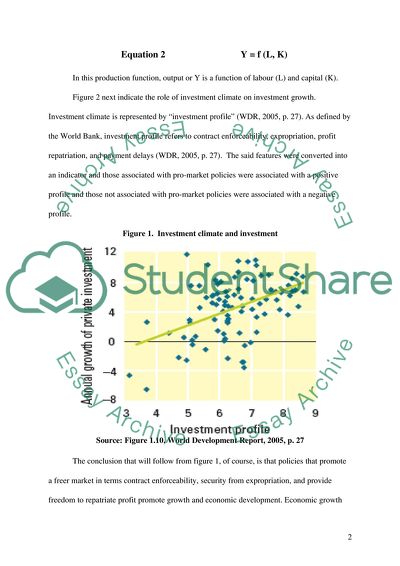Cite this document
(The Importance of Government Policies in Promoting the Economic Growth Literature review, n.d.)
The Importance of Government Policies in Promoting the Economic Growth Literature review. Retrieved from https://studentshare.org/macro-microeconomics/1738165-the-options-are-listed-in-the-assignment-criteria-choose-one
The Importance of Government Policies in Promoting the Economic Growth Literature review. Retrieved from https://studentshare.org/macro-microeconomics/1738165-the-options-are-listed-in-the-assignment-criteria-choose-one
(The Importance of Government Policies in Promoting the Economic Growth Literature Review)
The Importance of Government Policies in Promoting the Economic Growth Literature Review. https://studentshare.org/macro-microeconomics/1738165-the-options-are-listed-in-the-assignment-criteria-choose-one.
The Importance of Government Policies in Promoting the Economic Growth Literature Review. https://studentshare.org/macro-microeconomics/1738165-the-options-are-listed-in-the-assignment-criteria-choose-one.
“The Importance of Government Policies in Promoting the Economic Growth Literature Review”, n.d. https://studentshare.org/macro-microeconomics/1738165-the-options-are-listed-in-the-assignment-criteria-choose-one.


